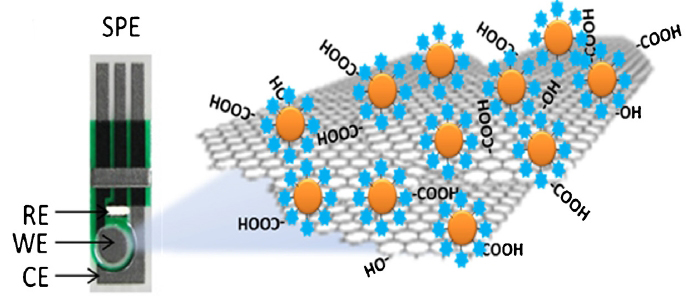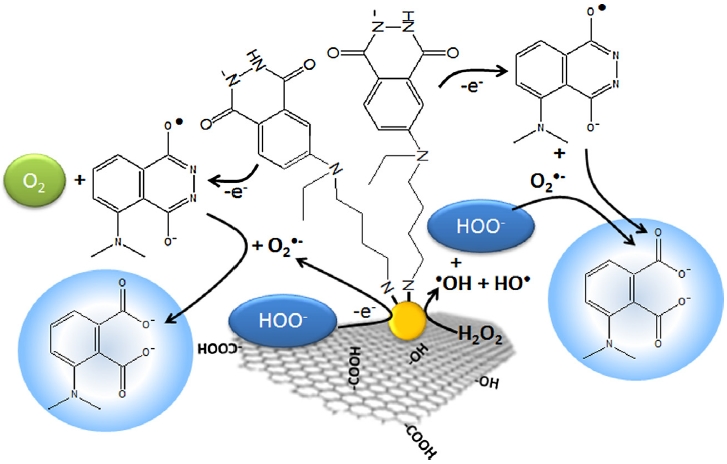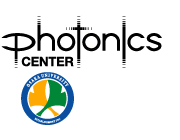【研究成果】2015年
研究成果84
Enhanced Electrochemiluminescence of N-(aminobutyl)-N-(ethylisoluminol) Functionalized Gold Nanoparticles by Graphene Oxide Nanoribbons
Nur Syakimah Ismail, Quynh Hoa Le, Quamrul Hasan, Hiroyuki Yoshikawa, Masato Saito, Eiichi Tamiya
Electrochimica Acta 180 (2015) 409–418
The mechanism of electrochemiluminescence (ECL) of an N-(aminobutyl)-N-(ethylisoluminol)-functionalized gold nanoparticle (ABEI-AuNP) hybrid with graphene oxide nanoribbons (GONRs) as a functional supporting matrix on a modified screen-printed electrode (SPE) was studied under alkaline conditions. In our catalytic system, ABEI-AuNPs supported by GONRs were profoundly superior to the unsupported ABEI-AuNP/SPE, and exhibited greatly enhanced ECL intensity (ca., 30.0%). This difference is attributed not only to an 80.2% increase in the total surface area of the ABEI-AuNP-GONR/SPE, but also to enhancements of the ABEI-AuNP catalytic activity resulting from metal-oxygen bonding between the functional groups on the GONRs and the Au active sites. This improved catalytic activity of ABEI-AuNP facilitates both oxidative radical generation and fast reaction kinetics of the ABEI oxidation process. Further work to utilize ABEI-AuNP-GONR/SPE in an enzyme-based ECL sensor is being undertaken in the authors’ laboratory, which will pave the way for future developments of rapid and portable point-of-care device.

Illustration of ABEI-AuNP-GONR modified SPE.

llustration of the proposed ECL mechanism of ABEI-AuNP-GONR/SPE.



